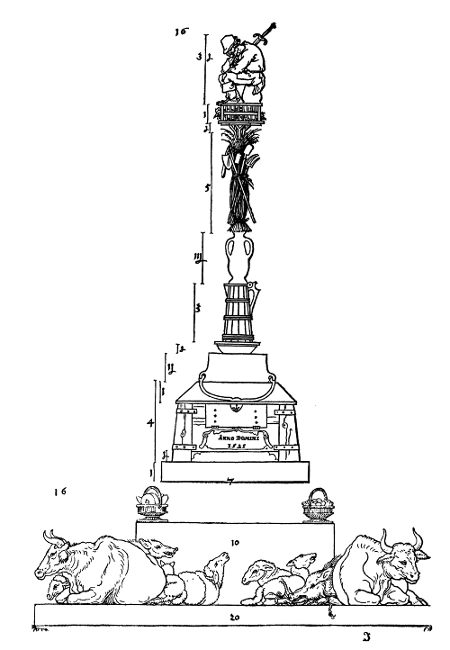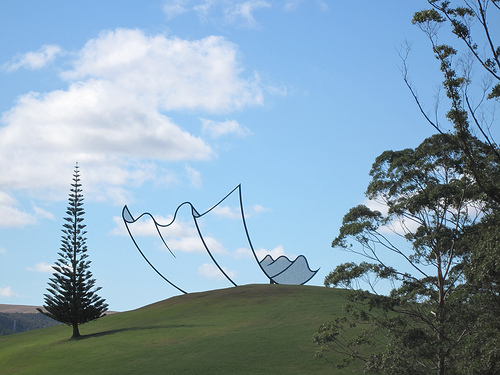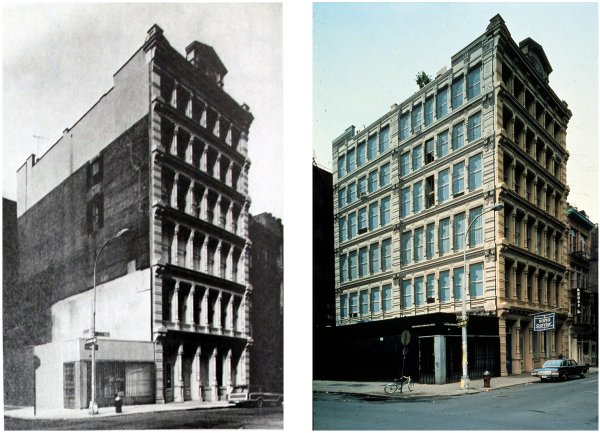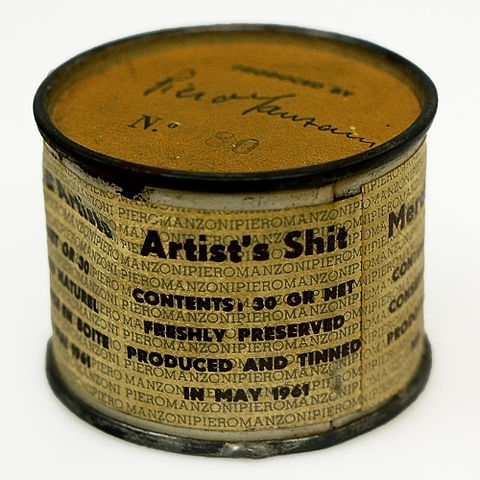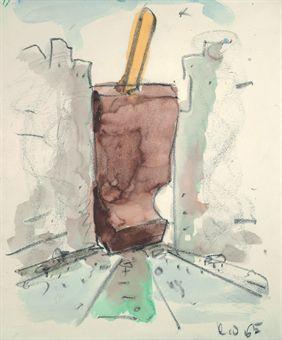In 1525, more than 100,000 German peasants demanded an end to serfdom and were massacred by the well-organized armies of the ruling class. After observing the ornate memorials with which the aristocrats congratulated themselves, Albrecht Dürer proposed a similarly baroque monument to the slain peasants:
Place a quadrangular stone block measuring ten feet in width and four feet in height on a quadrangular stone slab which measures twenty feet in length and one foot in height. On the four corners of the ledge place tied-up cows, sheep, pigs, etc. But on the four corners of the stone block place four baskets, filled with butter, eggs, onions, and herbs, or whatever you like. In the centre of this stone block place a second one, measuring seven feet in length and one foot in height. On top of this second block place a strong chest four feet high, measuring six and a half feet wide at the bottom and four feet wide at the top. Then place a kettle upside down on top of the chest. The kettle’s diameter should be four and a half feet at the rim and three feet at its bottom. Surmount the kettle with a cheese bowl which is half a foot high and two and a half feet in diameter at the bottom. Cover this bowl with a thick plate that protrudes beyond its rim. On the plate, place a keg of butter which is three feet high and two and a half feet in diameter at the bottom. Cover this bowl with a thick plate that protrudes beyond its rim. On the plate, place a keg of butter which is three feet high and has a diameter of a foot and a half at the bottom, and of only a foot at the top. Its spout should protrude beyond this. On the top of the butter keg, place a well-formed milk jug, two and a half feet high, and with a diameter which is one foot at its bulge, half a foot at its top, and is wider at its bottom. Into this jug put four rods branching into forks on top and extending five and a half feet in height, so that the rods will protrude by half a foot, and then hang peasants’ tool on it – like hoes, pitchforks, flails, etc. The rods are to be surmounted by a chicken basket, topped by a lard tub upon which sits an afflicted peasant with a sword stuck into his back.
What would that look like?
